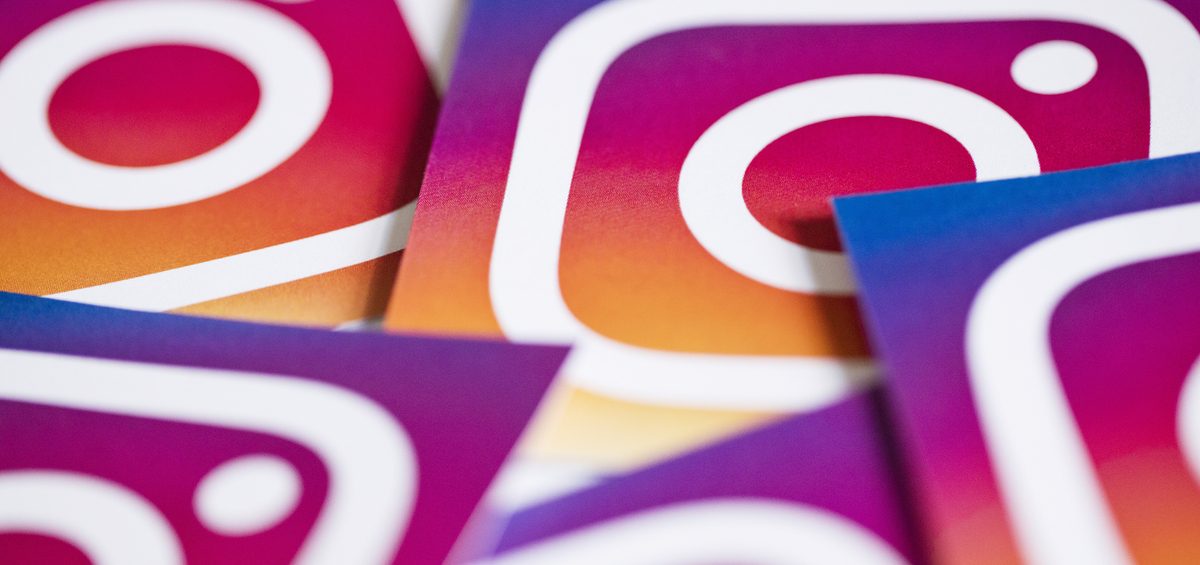Learn what hidden likes mean for your brand and your marketing plan
When a social media platform changes the way it operates — a new feature, a slightly different layout — it might be just a few lines of code on the back end. But that change can have an enormous impact on the marketing strategies and tactics of brands that use the platform.
For example: Whenever Facebook tweaks its news feed algorithm, or Google updates its search algorithm, marketers and publishers need to relearn the ropes fast — or else will fail to reach their audience
The latest social media platform change that’s throwing brands off balance is on Instagram: The Facebook-owned photo sharing app has decided to “hide” likes in many countries.
Brands don’t have to be off balance, though. By researching the change, why it came about, and how it’s likely to impact the platform ecosystem, brands can swiftly adjust their social media plans and stay upright.
What it is. Likes on Instagram — and most any social media platform, really — seem like an essential part of the app’s DNA. But apparently, Instagram feels differently. In May of this year, Instagram announced it would test out “hiding” likes in Canada. Then, in July, Instagram expanded that test to six more countries, including Australia, Brazil, and Japan. (The test hasn’t reached the U.S. — not yet, at least.) It’s a big change — after all, “In the social media economy, likes have become a crucial form of currency,” writes Refinery29.
Why it happened. Instagram’s latest change addresses the addiction and competition that can frequently flourish on social media, the company claims. The Verge recently summed up the phenomenon: “More likes on a post typically signify that a post is more impressive than another user’s, which can boost some people’s self-esteem while bringing down others.”
“We want your followers to focus on the photos and videos you share, not how many likes they get,” Instagram told Time magazine. The change will create “a less pressurized environment,” according to Instagram head Adam Mosseri.
Of course, some people see ulterior, more self-serving motives — like promoting the company’s video offerings. “The goal of… Instagram is to push users to Stories, since they believe the future is in short form videos, not static images or [the] News Feed,” digital branding expert David Shadour told USA Today.
What to expect. Likes have long served as the seminal data that brands use to determine whether or not their content is successful. But now, brands will have to recalibrate. Speaking with USA Today, Shadour said he expects new success metrics will emerge: “Engagement, views and other metrics will prevail as KPIs (key performance indicators).”
In an interview with Refinery29, digital marketing expert Ryan Detert suggested additional metrics that brands may want to focus on going forward: “look at story engagement, follower growth, and attention metrics like video completion, audio on or off, and valid and viewable impressions,” he advised.
The change will also disrupt the “influencer marketing” industry that has been thriving on Instagram — that is, brands working with popular personalities to endorse their products. “Instagram could make ‘likes’ invisible, upsetting influencers,” reads a recent New York Post headline. In the article, influencers say they expect their engagement — and thus their influencer business — to suffer.
Instagram’s decision to hide likes is a major change, and worth paying attention to. But brands should also take a step back and study not just specific feature changes, but how specific platforms are faring broadly. One recent study in Social Media Today shows that engagement is down across all of Instagram — all the more reason not to invest all your marketing energy into a single platform or channel.


